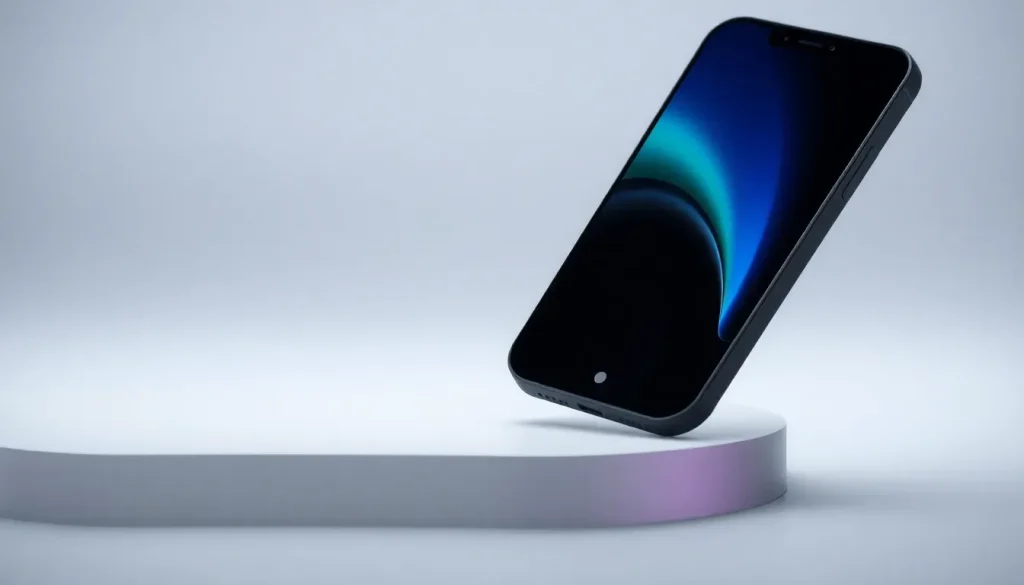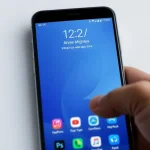iPhone 17 Pro demand exceeds iPhone 16 Pro launch orders

The launch of the iPhone 17 Pro has set a new benchmark for Apple, reflecting an unprecedented surge in demand compared to its predecessor, the iPhone 16 Pro. In a rapidly changing tech landscape, this latest model not only showcases Apple's innovative capabilities but also highlights shifting consumer preferences. As we delve into the details, we uncover insights into user behavior, market trends, and the competitive landscape of Apple's product ecosystem.
iPhone 17 Pro: A Record-Breaking Launch
The iPhone 17 Pro is experiencing a remarkable demand that surpasses expectations. Recent reports indicate that this model has captured the attention of tech enthusiasts and casual users alike, suggesting a burgeoning interest in Apple's flagship offerings. According to a survey conducted by JPM, consumer enthusiasm in the United States is notably higher compared to the iPhone 16 launch in 2024.
Approximately 71% of surveyed consumers expressed intentions to purchase a new iPhone in 2025, a significant increase from 68% in 2024 and 63% in 2023. This trend signifies a robust market confidence in Apple's products, further solidified by the fact that Chinese consumers are also showing impressive buying intentions, with a striking 90% expressing interest.
Breaking down the preferences, the iPhone 17 Pro Max leads the way with a commanding 33% share, followed closely by the iPhone 17 Pro at 22%. The standard iPhone 17 also holds its ground with a respectable 20%. Notably, the aggregate preference for Pro models has surged to 72%, compared to 64% for the previous generation.
Understanding the Absence of the iPhone Air
Curiously, while the iPhone 17 series is gaining traction, there is a notable absence of discussion regarding the iPhone Air in market analyses. The lack of references raises questions about its positioning and consumer interest. JPM’s findings indicate that the base model of the iPhone 17 is favored over that of the iPhone 16, particularly in China, but the absence of the iPhone Air in survey results requires further examination.
This anomaly can be attributed to the fact that the iPhone 16 was accompanied by a Plus model, while the iPhone 17's Plus equivalent has been replaced by the new iPhone Air. The absence of data regarding the iPhone Air in the report leaves a gap in understanding consumer behavior and preferences, prompting AppleInsider to seek clarification on this matter.
Upgrade Trends Among Current iPhone Users
As Apple continues to innovate, the upgrade intentions among existing iPhone users remain strong. The survey reveals that approximately 82% of current iPhone users are considering upgrading to a new model in 2025, up from 79% in 2024. This trend is particularly pronounced in the United States, where intentions have climbed from 73% to 78%.
In China, the figures are even more impressive, with a staggering 98% of respondents indicating a desire to upgrade, compared to an already high 97% in 2024. The preference among upgraders strongly favors the Pro models, with the Pro Max accounting for 36% of the total interest, the Pro at 20%, and the standard iPhone 17 also at 20%.
Overall, a substantial 73% of upgrading iPhone users are looking at the Pro models, a notable increase from the 67% preference observed with the iPhone 16 series.
Switchers: The Shift Towards iOS
For users contemplating a switch from other operating systems, particularly Android, the interest in transitioning to iOS appears to have tempered slightly. Only 57% of Android users surveyed are considering a new iPhone in 2025, down from 61% the previous year. However, among those switching, there remains a strong inclination towards the Pro models.
The preferences among switchers reveal that 29% are eyeing the Pro Max, 26% the Pro, and 21% the standard iPhone 17. Overall, 69% of switchers expressed a preference for the Pro models in the iPhone 17 generation, compared to just 62% for the iPhone 16 series. This indicates not only a desire for cutting-edge features but also a recognition of the quality and performance associated with Apple's Pro offerings.
Apple Watch: Trends in Smartwatch Purchases
The survey findings also extend to the Apple Watch, reflecting a growing interest in wearable technology. Approximately 56% of respondents indicated they plan to purchase a new smartwatch in 2025, compared to 54% in 2024. However, the popularity of the Apple Watch remains strong, though slightly diminished, with 87% preferring it over other brands, down from 91% the previous year.
When examining which Apple Watch models are most desirable, the lower-end options dominate the market. The Apple Watch Series 11 holds a 53% share, slightly lower than the 54% share of the Apple Watch Series 10 in 2024. In contrast, the Apple Watch Ultra 3 garners a 26% share, which is an improvement over the 25% share of the Ultra 2.
As consumer preferences continue to evolve, Apple’s ability to adapt and innovate will be crucial in maintaining its competitive edge. The iPhone 17 Pro's successful launch serves as a testament to the brand's enduring appeal, while shifts in demand for the iPhone Air and trends in smartwatch purchases reflect the dynamic nature of the technology market.




Leave a Reply